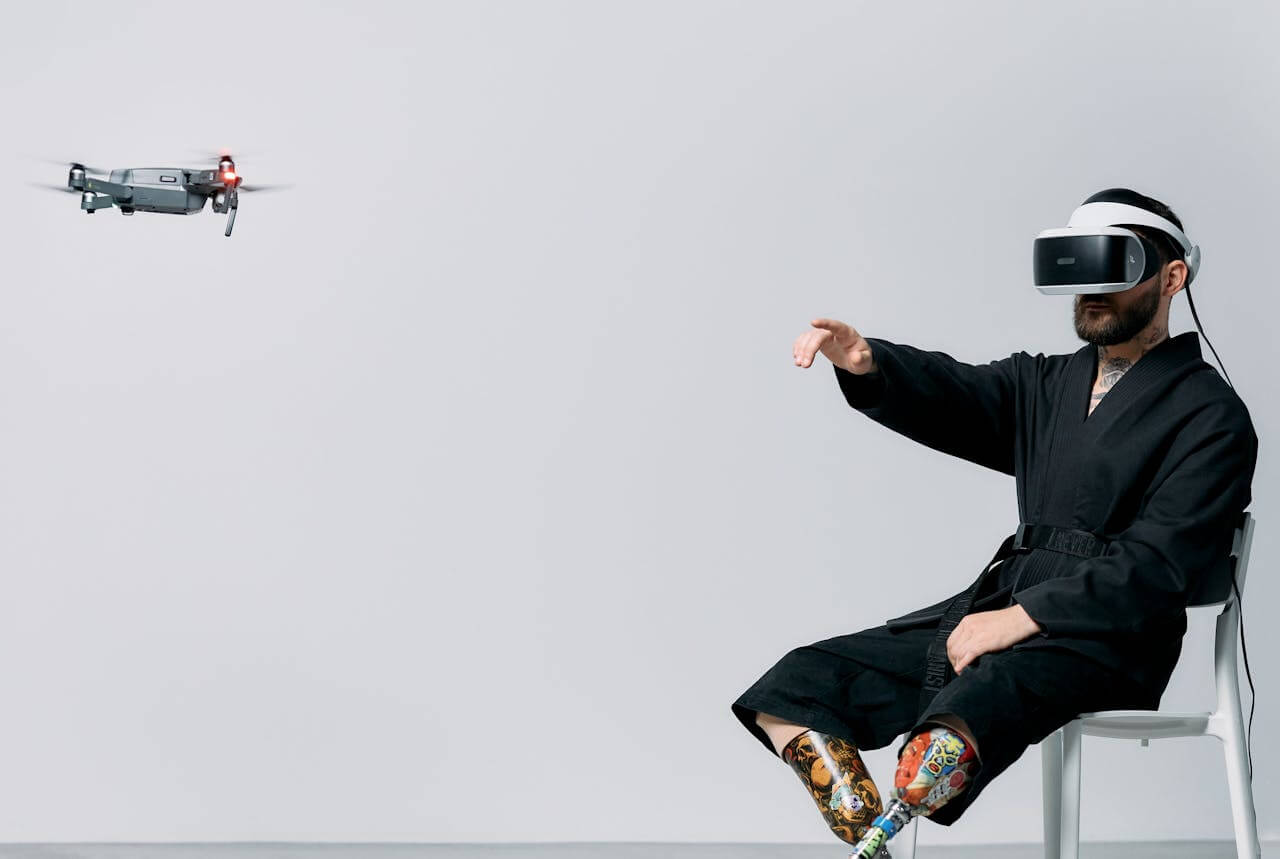Prosthetics have come a long way from the simple wooden peg legs and hooks of yesteryear. Today, they are marvels of engineering, capable of transforming the lives of those who use them. From advanced robotics to 3D printing, the field of prosthetics is evolving rapidly. Here are ten mind-blowing facts about prosthetics that highlight their incredible impact and potential.
1. Ancient Origins
Prosthetics are not a modern invention; they have been around for thousands of years. The oldest known prosthetic is a wooden toe discovered in Egypt, dating back to around 950–710 BC. This toe, found attached to a mummy, was meticulously crafted to help its wearer walk normally. Ancient prosthetics were often made from materials like wood, leather, and metal, showcasing the early ingenuity in addressing limb loss.
2. The Revolutionary C-Leg
The C-Leg, developed by Otto Bock HealthCare, revolutionized prosthetic technology in the late 20th century. Introduced in 1997, it was the first microprocessor-controlled knee prosthetic. The C-Leg uses sensors and a computer to adjust to the user’s walking pattern, providing a smoother and more natural gait. This technology significantly improved mobility and stability for above-knee amputees, setting a new standard for prosthetic limbs.
3. Bionic Limbs
Bionic limbs represent the cutting edge of prosthetic technology. These advanced devices can be controlled by the user’s muscles or even directly by their brain signals. For instance, the DEKA Arm, also known as the “Luke Arm” (named after Luke Skywalker from Star Wars), allows users to perform delicate tasks like picking up a grape or using a key. These bionic limbs are a testament to the incredible advancements in neuroscience and engineering.
4. 3D Printing Revolution
3D printing has opened up new possibilities in prosthetics, making them more affordable and customizable. Traditional prosthetics can be expensive and time-consuming to produce. However, 3D printing allows for the rapid production of prosthetic limbs tailored to the specific measurements of the user. This technology is particularly beneficial for children, who quickly outgrow their prosthetics and need frequent replacements.
5. Sensory Feedback
One of the most exciting developments in prosthetics is the integration of sensory feedback. Researchers are working on prosthetics that can provide users with a sense of touch. For example, scientists at the University of Utah have developed a prosthetic arm that sends signals to the brain, allowing users to feel sensations. This innovation can greatly enhance the functionality and usability of prosthetic limbs, making them feel more like natural extensions of the body.
6. Sports Prosthetics
Athletes with prosthetic limbs have shattered records and redefined the limits of human performance. Blade runners, like Oscar Pistorius and Markus Rehm, use carbon fiber running blades that provide incredible speed and agility. These specialized prosthetics are designed to optimize performance, allowing athletes to compete at the highest levels. The Paralympic Games have become a showcase for the incredible capabilities of athletes with prosthetic limbs.
7. Prosthetics for Animals
Prosthetics are not just for humans; animals can benefit from them too. Vets and engineers have collaborated to create prosthetic limbs for dogs, cats, horses, and even elephants. For instance, a dog named Derby, born with deformed front legs, received 3D-printed prosthetic legs that allowed him to run and play like other dogs. These heartwarming stories demonstrate the broad potential of prosthetics to improve the lives of all creatures.
8. Smart Prosthetics
The advent of smart prosthetics has brought about a new era of functionality and convenience. These devices can connect to smartphones and other digital devices, allowing users to adjust settings and monitor their prosthetic’s performance in real-time. Some smart prosthetics even come with features like activity tracking and automatic adjustments based on the user’s activity level, enhancing the overall user experience.
9. Prosthetics in Developing Countries
Prosthetics have the power to change lives, especially in developing countries where access to such technology is limited. Organizations like the International Committee of the Red Cross (ICRC) and NGOs such as Limbs for Life and Prosthetics for Change are working to provide affordable and effective prosthetics to people in need. Innovations like the Jaipur Foot, a low-cost prosthetic made from rubber and wood, have transformed the lives of thousands of amputees in India and other developing countries.
10. Future Possibilities
The future of prosthetics is incredibly promising, with ongoing research and development paving the way for even more advanced solutions. Scientists are exploring the use of neural interfaces, which could allow for seamless control of prosthetics through thought alone. Additionally, advancements in materials science could lead to lighter, stronger, and more durable prosthetic limbs. As technology continues to evolve, the possibilities for improving the quality of life for amputees are virtually limitless.
Conclusion
Prosthetics have come a long way from their ancient origins, evolving into highly sophisticated devices that can dramatically improve the lives of their users. From the revolutionary C-Leg to the incredible potential of bionic limbs and 3D printing, the field of prosthetics is full of mind-blowing advancements. As we look to the future, it’s clear that prosthetics will continue to push the boundaries of what is possible, offering hope and empowerment to those who need them.



